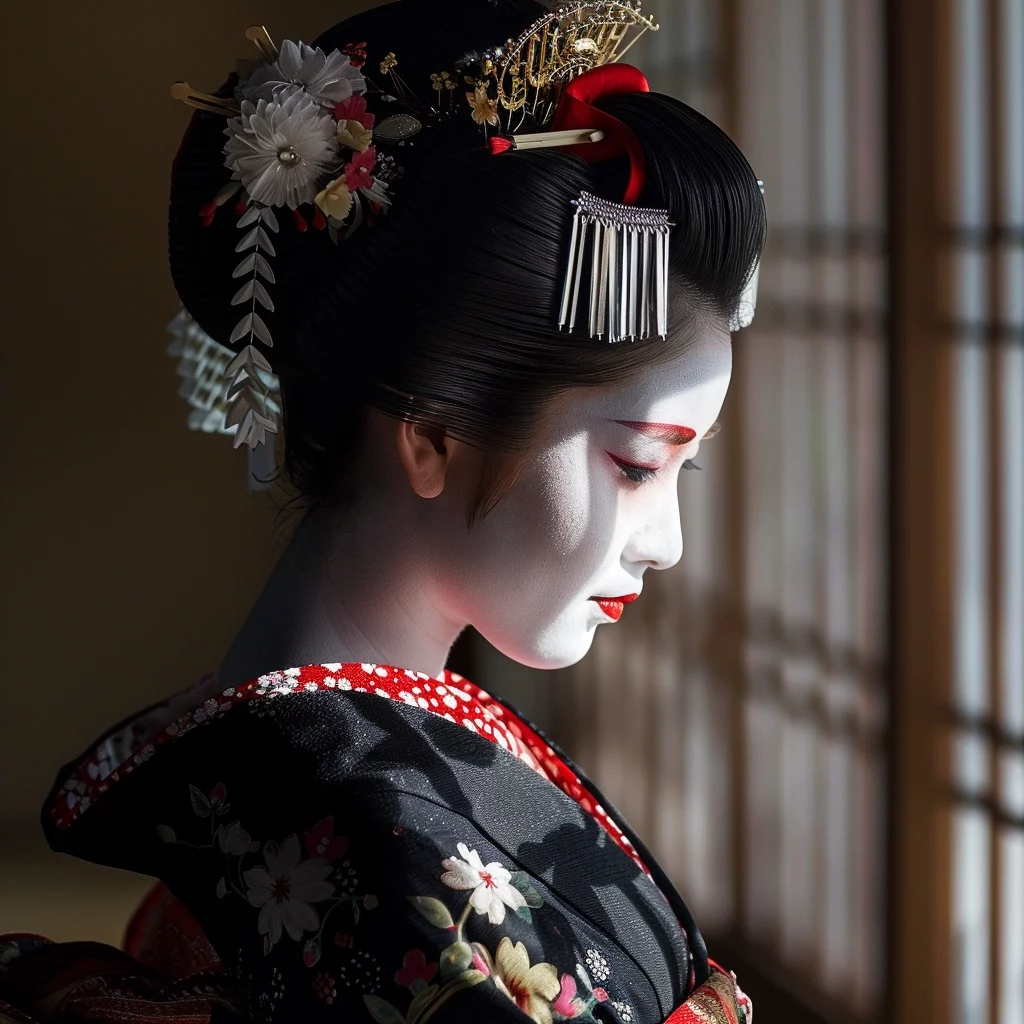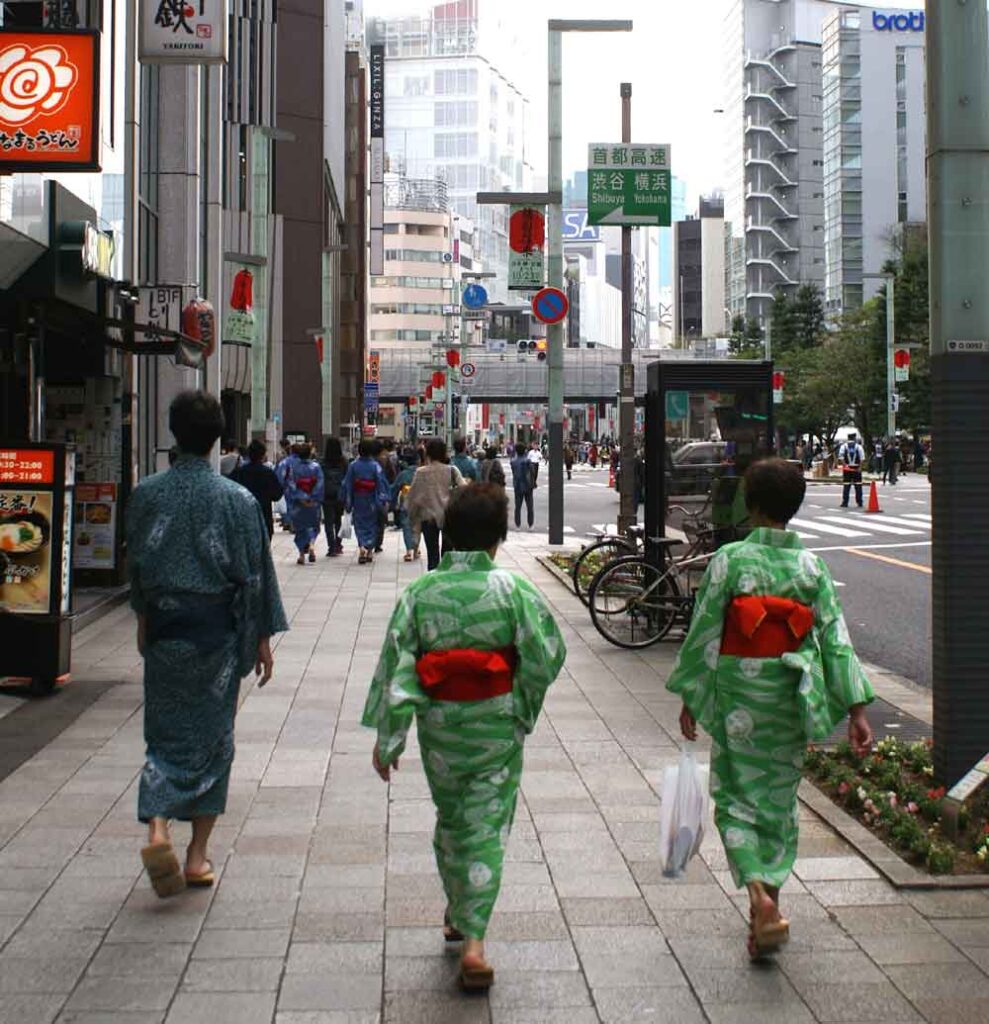Japan’s geishas, often shrouded in mystery and fascination, represent a symbol of elegance, tradition and refinement. These renowned artists embody a way of life and an aesthetic that dates back centuries. A tradition that permeates Japanese culture with their iconic presence. Let’s dive into the captivating world of geishas. And let’s discover their history, their training, their role in Japanese society, as well as their contemporary heritage.
Geishas: History and Origins
Geishas have their origins in the Edo period (1603-1868) in Japan. Originally, they were men who entertained customers in teahouses. However, over time, women took over. They have thus elevated this art to an unprecedented level of sophistication. Their initial role was to entertain social events with their talent for music, dance, poetry and conversation.
Training and Learning
Becoming a geisha is a rigorous process that requires years of training and practice. Young girls, often recruited from childhood, enter geisha houses, called “okiya”. They are trained there by more experienced geishas, called “onee-san”. The training includes learning traditional arts. Such as dancing, playing shamisen (a stringed instrument), tea ceremony, as well as the subtle art of conversation and social behavior.
Style and Aesthetics
Geishas are known for their elegant aesthetic and traditional clothing. They wear sumptuous kimono, often custom-made and decorated with intricate patterns. Their makeup, featuring pale complexions, bright red lips and sophisticated hairstyles, is a work of art in itself. Every detail of their appearance is painstakingly designed to captivate and impress.
Geishas and their Role in Japanese Society
Traditionally, geishas played a crucial role in the social life of Japan. They were the hostesses of parties and events, entertaining guests with their artistry and charm. Their presence was synonymous with grace and sophistication. And they were respected as guardians of Japanese cultural tradition.
Contemporary Heritage
Although the number of geishas has declined significantly over the years, their legacy lives on in modern Japanese culture. Today, geisha continue to practice their art in traditional neighborhoods such as Gion in Kyoto and Hanamachi in Tokyo. They also participate in cultural events and performances to preserve and promote their rich heritage.
Conclusion
Japan’s geishas remain icons of grace, beauty and culture. Their art and presence evoke a bygone time of refinement and tradition. While continuing to influence and inspire contemporary society. As guardians of Japanese culture, geisha continue to captivate the world with their elegance and captivating mystery.



